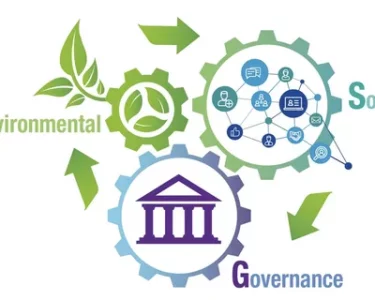Washington D.C. – In a much-anticipated meeting, Federal Reserve officials sent cautious signals regarding the management of credit and rising price pressures in the economy. The decision to maintain a delicate balance between stimulating economic growth and addressing mounting concerns over inflation has become increasingly challenging for the central bank.
With the U.S. economy experiencing a rapid recovery from the pandemic-induced recession, Federal Reserve officials find themselves at a critical juncture. The latest reports indicate an uptick in credit demand and mounting inflationary pressures, prompting the central bank to reassess its monetary policy stance.
During the Federal Open Market Committee (FOMC) meeting held earlier this week, policymakers engaged in rigorous discussions to decipher the best course of action. While some members advocated for an immediate tightening of monetary policy to curb potential inflationary risks, others expressed concerns about derailing the ongoing economic rebound.
Federal Reserve Chair Jerome Powell, renowned for his measured approach to monetary policy, emphasized the need for caution in his remarks following the meeting. He acknowledged the recent increase in inflation, largely attributed to supply chain disruptions and pent-up consumer demand, but reiterated the Fed’s commitment to achieving stable prices over the long term.
“We understand that some temporary factors have contributed to inflationary pressures. Our goal is to ensure that these price increases do not translate into an unanchoring of inflation expectations,” Powell said.
The central bank’s dual mandate of fostering maximum employment and maintaining price stability compels policymakers to strike a careful balance between supporting economic growth and preventing runaway inflation. By keeping interest rates near zero and implementing bond-buying programs, the Federal Reserve has injected liquidity into the markets to facilitate borrowing and stimulate spending.
However, the current economic landscape has given rise to concerns over excessive credit expansion and its potential ramifications. Some officials worry that maintaining accommodative monetary policies for too long may inadvertently fuel asset bubbles and exacerbate income inequality.
In an attempt to address these concerns, the Federal Reserve signaled its intention to gradually reduce the pace of its asset purchases, a move known as tapering. This step is intended to gradually withdraw support from the economy while avoiding abrupt shocks. However, the timing and specifics of this process are yet to be determined.
Market participants closely monitor the central bank’s actions and statements, searching for clues about future policy changes. The delicate nature of the situation requires a well-calibrated approach that neither disrupts the recovery nor allows inflation to spiral out of control.
While the Federal Reserve’s statements may have brought some clarity to their intentions, uncertainties remain. The trajectory of inflation, labor market dynamics, and the pace of economic growth will play a crucial role in shaping future monetary policy decisions.
As investors and businesses brace for potential changes, financial markets experienced some turbulence following the Fed’s announcements. Bond yields fluctuated, and stock prices reacted to the evolving expectations about the future path of interest rates.
Given the interconnectedness of the global economy, the Federal Reserve’s actions reverberate far beyond U.S. borders. Central banks around the world are carefully assessing the implications of the Fed’s cautious stance on their own monetary policy frameworks and economic outlooks.
As the economic recovery continues to unfold, Federal Reserve officials face the daunting task of maintaining stability and managing risks. Striking the right balance between supporting economic growth, addressing inflationary pressures, and fostering financial stability will remain at the forefront of their decision-making process in the coming months.
Disclaimer: The views and opinions expressed in this article are those of the author and do not necessarily reflect the official policy or position of any governmental or non-governmental organization.




